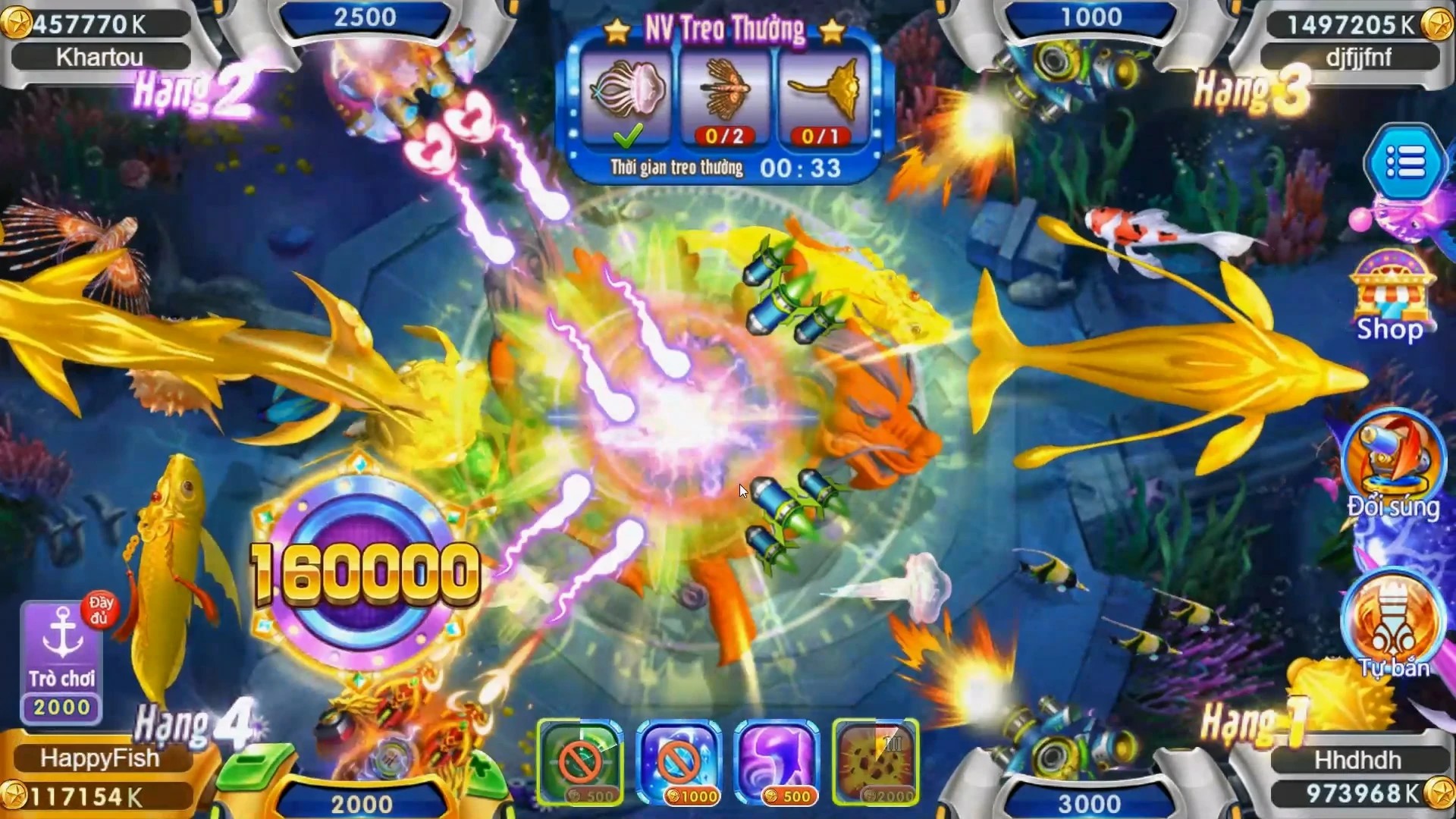Exploring the New Frontier: How Idle Games Are Transforming Open World Gameplay
When we think about gaming, we often envision fast-paced action, intricate storylines, and immersive environments. But lately, a new wave of games, particularly idle games, has started to carve out their place within the vast universe of open world games. This article takes a deep dive into how idle mechanics are not just an add-on but are reshaping our gameplay experiences.
The Rise of Idle Games
At first glance, idle games appear simple. You set them up and then watch as your resources accumulate without any constant input. Popular games like Bad Nicoot—which combines elements of match battle fight and resource management—have captured the attention of players who appreciate a low-engagement gameplay style. Many users find themselves entranced, often checking back in periodically to see their progress. The appealing factor? You don’t need to be glued to your screen to progress!
Idle Mechanics in Open World Games
While traditional open-world games like Skyrim or GTA V demand real-time interaction with their sprawling landscapes, integrating idle mechanics can influence player engagement and retention. The beauty of combining these two genres means developers can enhance immersive experiences while allowing more freedom and flexibility for players. Imagine a realm where characters level up even when you’re offline!
Making the Connection: Idle and Cooperative RPG Games
As the genre evolves, we are starting to see a rise in cooperative RPG games on PC that blend idle mechanics with traditional gameplay. Players can work together, building their virtual worlds with less tension. Think about it: strategies that focus on teamwork while also benefitting from idle mechanics can open up a new level of enjoyment. Here’s what this can look like in practice:
- Off-screen progress: Players can collect rewards as they complete quests even when they aren’t actively playing.
- Social interaction: Teams can manage resources collaboratively, fostering a stronger community.
- Engaging challenges: For instance, tackling big bosses in match fight scenarios will feel less daunting when your players have had the time to level up through idle gameplay.
The Impact of Game Design
Designers take note! The integration of idle gaming into open worlds can simplify more complex systems. This development encourages players to explore differently. Instead of feeling overwhelmed by choices, players can focus on what truly interests them. More exploration leads to deeper storylines that can be discovered through casual gameplay. It's fascinating!
| Game | Idle Mechanics | Open World Elements |
|---|---|---|
| Bad Nicoot | Resource Gathering | Expansive Levels |
| Realm of Idle | Character Progression | Quest Exploration |
| Empire Idle | Strategic Building | Dynamic PvE Events |
Cross-Genre Innovations
Idle games in an open world have proven that they can coexist and complement other game styles. As players find joy in crafting their narrative arc at their own pace, studios are experimenting with merging genres, creating games that could redefine expectations.
Player Engagement: A New Approach
What keeps a player coming back for more? It's the balance of engagement and effort. With idle games providing a steady progression system, users don't feel the intense pressure that often accompanies high-stakes gaming scenarios. Instead, they enjoy the journey without the grind—a perfect fit for today’s gaming culture.
Challenges Ahead
Despite the promising trends, challenges persist. Developers must ensure that merging idle mechanics into an open world doesn’t lead to dull gameplay. Balance is essential; players should always feel challenged yet rewarded. Moreover, maintaining the excitement in cooperative scenarios is crucial. If a game becomes too idle, it may lose that edge that draws players in.
Conclusion
In the ever-evolving landscape of gaming, idle games are steadily breaching the realm of open world gameplay, balancing both relaxation and engagement. With innovative designs and a shift in player expectations, this combination could be the new trend that reshapes how we think about genre boundaries. Embracing these changes can lead to exciting developments for players and developers alike. Are you ready to explore this new frontier of gaming?



